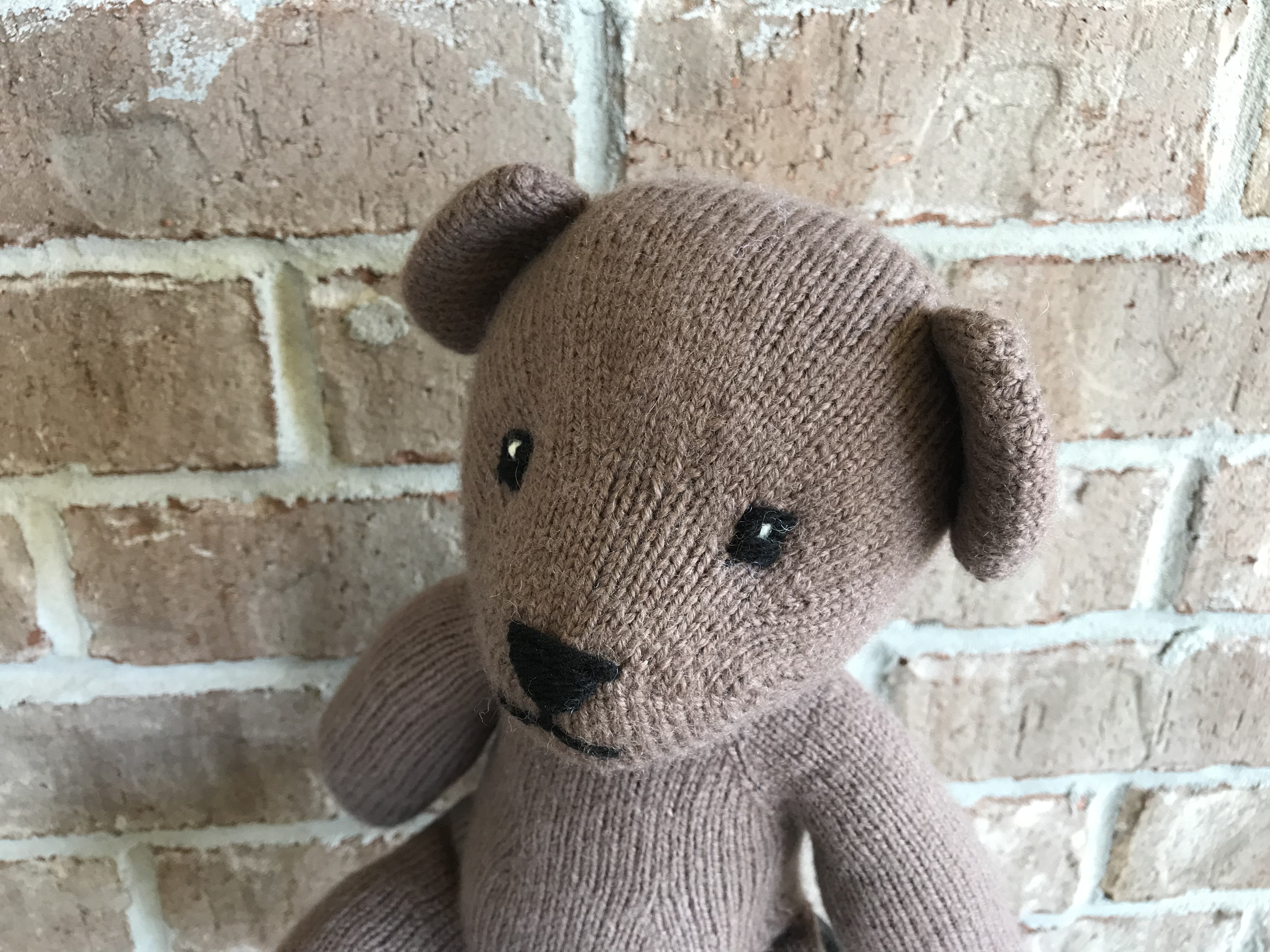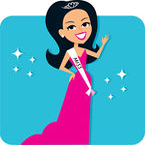I've been a broadcast meteorologist on television since the early 1990's. Happy to answer any questions about the weather or local TV news. Yes, I often wear sneakers on set just out of view of the camera.
Tough call for me not knowing specific examples and a location, Mark. I will say that the temperature can only fall to the dewpoint, so if the moisture content of the air, dewpoint, stays around 32 that could account for what you are seeing. You can find the current dewpoint by looking for your city on weather.gov. Hope that helps.
Likely not. A severe thunderstorm warning is triggered by one inch hail and/or 58 mph winds. Different process. A thunderstorm is more of a local convective event and strong winds in a blizzard are a larger scale pressure gradient event. Great question!
Great question, Marv! The exact location would have a lot to do with it but, in general, cold air is heavier than warm air. In the winter, especially at night, the cold air sinks into the valleys and pools up. At the beach, when the sun is out, the land warms faster than the water and the air above the land rises. Since the air needs to be replaced the cooler air moves in from over the water on the sea breeze. Hope that helps. Thanks!
Yes, the center of our building is concrete reinforced. Different stations have different setups but most of us know where we will go it the station is under threat. A few colleagues have had close calls. At home we have an underground shelter. Hope you have a plan in place. Thanks!
Toymaker
 With all the high-tech kids toys, is there still a demand for traditional ones?
With all the high-tech kids toys, is there still a demand for traditional ones?
Beauty Queen
 Is there truth to the stereotypes of “pageant parents?”
Is there truth to the stereotypes of “pageant parents?”
Videogame Reviewer
 Pick one: Nintendo Ice Hockey, NHL ‘94, or Blades of Steel?
Pick one: Nintendo Ice Hockey, NHL ‘94, or Blades of Steel?
Yup. Some do. ;)
You might get a better answer from a hydrologist, Glen. Water does continue to empty into the ocean, or a lake. The overflow occurs when the water running into the river is greater than what is flowing out. The incoming water can come from creeks and streams and heavy rain. Thanks!
Great question. The answer is somewhat personal choice. A severe thunderstorm is defined by 1 inch hail and/or winds of 58 mph or greater. Those things can certainly break windows and cause damage. Absolutely be inside. We try our best to provide substantive warnings and information but if you ever feel threatened by the weather by all means don’t wait for us and take cover!
-OR-
 Login with Facebook
Login with Facebook (max 20 characters - letters, numbers, and underscores only. Note that your username is private, and you have the option to choose an alias when asking questions or hosting a Q&A.)
(A valid e-mail address is required. Your e-mail will not be shared with anyone.)
(min 5 characters)
By checking this box, you acknowledge that you have read and agree to Jobstr.com’s Terms and Privacy Policy.
-OR-
 Register with Facebook
Register with Facebook(Don't worry: you'll be able to choose an alias when asking questions or hosting a Q&A.)